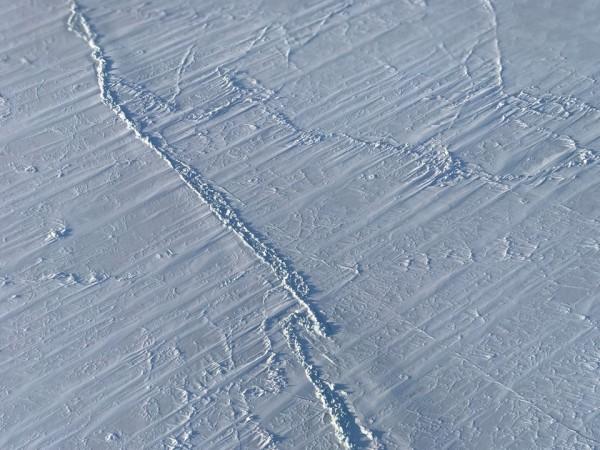
Sea ice in the Arctic grew to its wintertime maximum on March 17 this year. It has been recorded as the second lowest maximum ever. While the winter in 2017 remains the lowest, the top four lowest ice maximums have all been recorded in the last four years.
The trend of shrinking ice levels in the Arctic continued in this year as well, reports the National Snow and Ice Data Center (NSIDC) and NASA.
On March 17, peak Arctic ice cover reached 14.48 million square kilometers. This is 60,000 square kilometers larger than last year's peak levels recorded on March 7, reports NASA. Another significant metric in the report was that the last four years reached equally low maximum extents and kept up the decade-long trend of disappearing ice in the northern tundra.
To put that in perspective, this year's maximum of 14.48 million square kilometers was 1.16 million square kilometers below 1981—2010 average maximum extent, which is about the area of France and Spain put together.
Every year, between late February and early April, Arctic ice expands and thickens in the winter. During the peak of summer around September, it reaches its minimum. Over the last decade, both the maximum and minimum levels of ice have steadily declined, reports NASA.
"The Arctic sea ice cover continues to be in a decreasing trend and this is connected to the ongoing warming of the Arctic," said Claire Parkinson, senior climate scientist at NASA's Goddard Space Flight Center. "It's a two-way street: the warming means less ice is going to form and more ice is going to melt, but also, because there's less ice, less of the sun's incident solar radiation is reflected off, and this contributes to the warming."
This winter was not entirely positive for the Arctic, notes the report. There were periods of high temperatures — in some cases going to about 40 degrees above normal levels. This, in spite of there being no sunlight over the region. In fact, the North Pole was above freezing for a few days in February. Mid-March brought some late cooling and freezing, bringing the ice closer to the extent it grew in the last few years.
A large bit of open sea appeared over the north of Greenland, a region which is always solid. It is among the region's oldest and thickest ice and it was gone, notes the report. While most of the ice has re-frozen, what remains is thinner and will remain more fragile than the ice it replaced.
"This old, thicker ice is what we expect to provide stability to the Arctic sea ice system, since we expect that ice not to be as vulnerable to melting out as thinner, younger ice," said Alek Petty, a sea ice researcher at Goddard. "As ice in the Arctic becomes thinner and more mobile, it increases the likelihood for rapid ice loss in the summer."
Operation Icebridge's arctic mission for 2018 started March 22. It is NASA's annual survey of the ice cover over the Arctic ocean to map the thickness and extent of the sea ice.










